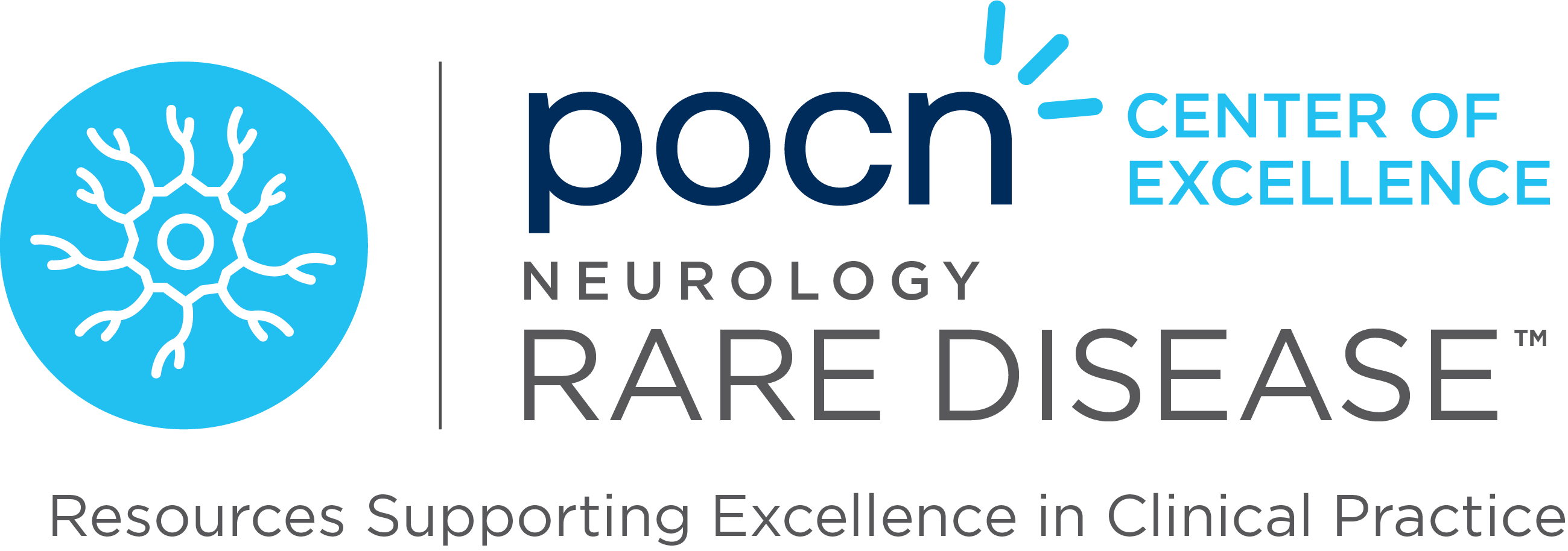In managing myasthenia gravis (MG), immunosuppressive therapy may become necessary when first-line treatments like pyridostigmine are insufficient or cause severe side effects. A thorough evaluation is crucial to determine the ineffectiveness of initial treatments. MG, which often manifests as generalized or ocular MG and is commonly associated with acetylcholine receptor (AChR) antibodies, typically follows consistent treatment protocols across different antibody types, with specific adjustments for conditions like MuSK antibody-positive MG.
The approach to treating MG includes pharmacological and supportive measures. Pyridostigmine is a key component for symptomatic control, supported by corticosteroids or, in some AChR+MG cases without thymoma, thymectomy. Corticosteroid use is carefully managed and tapered gradually after improvements in symptoms. If steroids are ineffective or not well-tolerated, nonsteroidal immunosuppressives are considered to sustain disease control and reduce reliance on other medications.
Reference: Zust C, Morren JA. What are the treatment options for myasthenia gravis if first-line agents fail? Cleve Clin J Med. 2023 Feb 1;90(2):81-84. doi: 10.3949/ccjm.90a.22022. PMID: 36724916.



